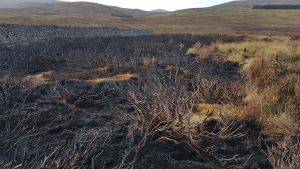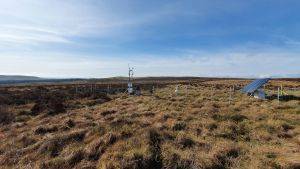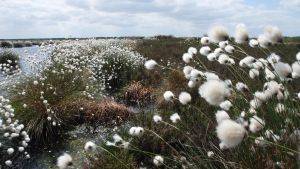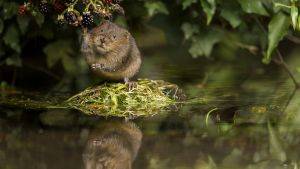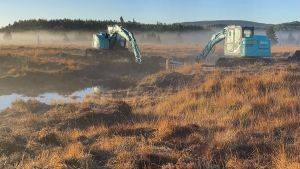Burning on Blanket Bogs: Part 1 - Effects of fire is based on evidence from experimental plots at Hard Hill (Moorhouse, northern England) and other sites subject to burning.
This animation is based largely on evidence from the experimental plots established on blanket bog at Hard Hill, Moor House National Nature Reserve, in 1954 (Hard Hill experimental plots on Moor House – Upper Teesdale National Nature Reserve - A review of the experimental set up (NECR321), Natural England, 2020). All the experimental plots were burnt at the start of the experiment in 1954. Some plots have since been left unburnt (but grazed or ungrazed) for the intervening 66 years, others have been burnt (with or without grazing) approximately every 20 years, while some have been burnt (with or without grazing) every 10 years.
Some of the ground outside the experimental plots is estimated (in 2020) to have been free from burning for around 100 years and appears now to be showing substantial signs of recovery from past burning events (all ground at Moor House is considered to have been subject to managed burning in the past). These recovery times are more akin to those of woodland restoration, though recovery times can be shortened substantially through the use of Sphagnum plug-planting.
Most of the images of actual sites used in the animation are from Hard Hill or from other areas of blanket bog subject to managed burning. Three of the images used are from examples of wildfire.
Part 2 - Recovery pathways will be available shortly.
See also: The causes and prevention of wildfire on heathlands and peatlands in England (NEER014), Natural England, 2020

